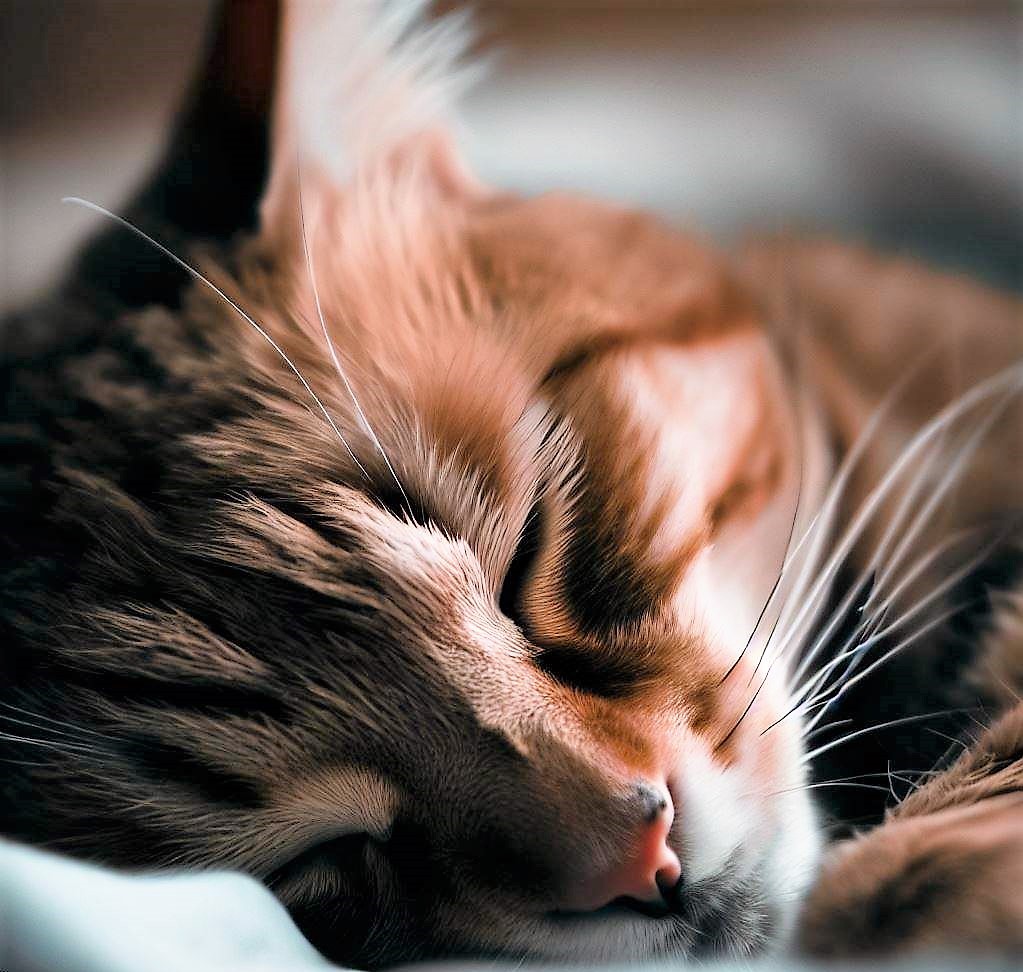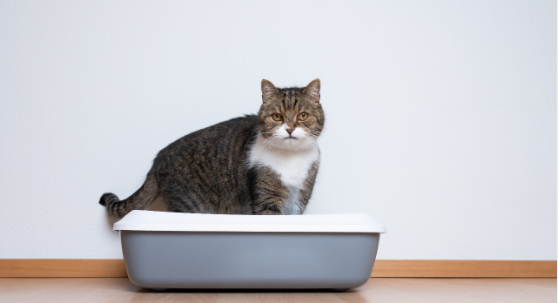Where Your Cat Sleeps on Your Bed?
Cats are known for their love of sleeping, and it’s not uncommon for them to choose to sleep on
their owner’s bed. But have you ever stopped to consider where your cat sleeps on your bed,
and what it may signify in terms of their feelings towards you? In this article, we’ll explore the
different places where your cat sleeps on your bed, what each position may signify, and
provide tips on how to encourage positive sleeping behaviour.
Understanding Cat Sleeping Behaviour
Cats are unique creatures with a sleeping pattern that is quite different from that of humans. They sleep for an average of 12-16 hours per day, and they often sleep in short bursts throughout the day and night. In fact, it’s not uncommon for a cat to be awake and active in the middle of the night when their owners are asleep.
One reason why cats sleep so much is that they are natural predators, and they need to
conserve energy in order to be ready to hunt when the opportunity arises. Additionally, cats are
crepuscular animals, which means they are most active during the dawn and dusk hours.
When it comes to sleeping behaviour, cats have a natural instinct to find warm and comfortable
places to sleep. This is why they may choose to sleep on their owner’s bed, as it provides a
warm and cozy place to rest. However, it’s important to note that some cats may prefer to sleep
in other areas of the house, such as a sunny window sill or a favourite chair.
Allowing your cat to sleep on your bed can have many benefits, such as creating a stronger
bond between you and your pet. When cats sleep with their owners, they feel safe and secure,
which can lead to a stronger bond and a more trusting relationship. However, it’s important to
understand that where your cat sleeps on your bed can provide insight into their feelings
towards you.
By understanding your cat’s sleeping behaviour, you can create a more comfortable sleeping
environment for your pet. This can include providing a comfortable sleeping space, such as a
cat bed or blanket, as well as ensuring that your cat has access to plenty of toys and scratching
posts to keep them entertained. Additionally, rewarding your cat for good behaviour, such as
sleeping in a designated spot, can help encourage positive sleeping behaviour and create a
happier and healthier relationship with your pet.
The Different Places Your Cat May Sleep on Your Bed
Cats are creatures of habit and they often have their favourite spots to sleep. When it comes to
sleeping on their owner’s bed, there are several different places that a cat may choose to sleep.
Each sleeping position can provide insight into your cat’s feelings towards you and its desire for
comfort and security.
One common sleeping position is at the foot of the bed. If your cat sleeps at the end of your bed
near your feet, it may mean that they enjoy your company but also want their own space. They
feel comfortable and safe being close to you, but they don’t want to be too close.
Another common sleeping position is between your legs. If your cat sleeps between your legs, it
may mean that they feel safe and secure with you. This position provides a sense of warmth
and comfort, and it allows your cat to feel close to you without being too close.
If your cat sleeps on your chest, it may mean that they trust you and feel very close to you. This
is a common sleeping position for kittens, as it provides a sense of security and comfort. If your
cat is sleeping on your chest, it means that they feel safe and protected by you.
Finally, if your cat sleeps on your pillow, it may mean that they see you as an equal and want to
be close to you. This is a sign of affection and trust, and it means that your cat feels comfortable
and safe around you.
It’s important to note that each cat is unique and may have their own preferred sleeping position
that doesn’t fit into any of these categories. However, by paying attention to your cat’s sleeping
behavior, you can gain insight into their feelings towards you and their desire for comfort and
security.
If you’re struggling with unwanted sleeping behaviour, such as scratching or biting, there are
several things you can do to encourage positive behaviour. Providing your cat with a comfortable
sleeping space, such as a cat bed or blanket, is a great way to encourage positive sleeping
behaviour. You can also make sure your cat has plenty of toys and scratching posts to keep them
entertained and reward your cat for good behaviour, such as sleeping in a designated spot.

Tips for Encouraging Positive Sleeping Behaviour
If you’re struggling with unwanted sleeping behaviour, such as scratching or biting, there are
several things you can do to encourage positive behaviour:
● Provide your cat with a comfortable sleeping space, such as a cat bed or blanket.
● Make sure your cat has plenty of toys and scratching posts to keep them entertained.
● Reward your cat for good behaviour, such as sleeping in a designated spot.
Frequently Asked Questions
Here are some common questions about cat sleeping behaviour:
● Why do cats knead? Kneading is a sign of affection and comfort. It’s believed that cats
knead as a way to mark their territory and show affection towards their owner.
● Why do cats sleep on their owner’s heads? Cats may sleep on their owner’s heads
because they enjoy the warmth and comfort.
● Is it safe for cats to sleep on their owner’s chests? It’s generally safe for cats to sleep on
their owner’s chests, as long as the owner doesn’t have any respiratory issues that could
be affected by the cat’s weight.
Conclusion
Understanding where your cat sleeps on your bed and what it means can provide valuable
insight into their feelings towards you. By paying attention to your cat’s body language and
behaviour, you can build a stronger bond and create a more comfortable sleeping environment
for both you and your pet. With these tips, you can encourage positive sleeping behaviour and
create a happier and healthier relationship with your cat.




